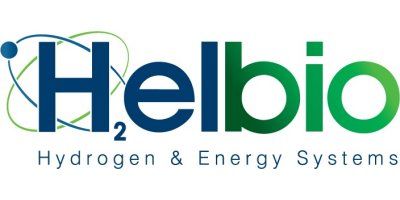

- Home
- Companies
- Metacon S.A. (formely known as Helbio ...
- Products
- Metacon - Heat Integrated Wall Reactor ...
Metacon - Heat Integrated Wall Reactor (HIWAR)
Metacon S.A’s technology is based on proprietary and patented reactor catalyst configurations for reformation processes. The reactor configurations utilize the concept of the Heat Integrated Wall Reactor which offers very rapid heat exchange characteristics.
Within the steam reforming process of gaseous fuels, the following reactions take place for the production of a gaseous mixture of hydrogen and carbon oxides:
CnHm + H2O = nCO + (n+m/2)H2 ,
CO + H2O = CO2 + H2
The steam reforming reaction is an endothermic process which demands heat for its conduction. The independency of the fuel processor is achieved via simultaneously combustion of a part of the fuel, in order to produce the heat required for the reaction of steam reforming:
CnHm + xO2 = yCO2 + zH2O
HELBIO has developed appropriate plate heat exchangers type reactors, inside which both reactions take place simultaneously in separated chambers (HIWAR concept). These reactors are very efficient, compact and exhibit high heat integration.
According to the HIWAR concept, metal plates coated with a suitable catalyst are arranged in such a manner that exothermic and endothermic reactions take place in each side of the sheet. The produced heat, via exothermic combustion, is transferred via conduction through the metallic walls towards the endothermic reaction of steam reforming, which take place at the opposite side of metal plate.
The advantages of CPR (catalytic plate reactors) design over conventional reactors are the superior heat transfer characteristics and minimal intra-catalyst diffusion resistance. The heat transfer mechanism within a CPR is via conduction through the metallic plates and as such is largely independent of the process gas superficial velocity. The catalyst layers within a CPR are thin resulting in minimal diffusion limitations and thus high catalyst utilization. These advantages result in reactors which are smaller, lighter and with a reduced associated pressure drop compared to conventional alternatives.
